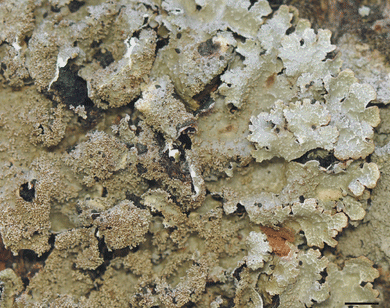Photo: They voted Tuesday.
A small stream can eventually over time create a deep valley.
On Tuesday, it was a steady stream throughout the day entering Belmont’s eight polling sites that produced an impressive figure of residents to take the time to vote on a hot, humid election day.
Approximately 5,000 voters or just under 30 percent of eligible voters took out a ballot for the state primary election held on Tuesday, Sept. 4. In precincts 1 and 6, a third of voters came out to cast ballots. Even the lowest level of participation at Precinct 4 was at 25 percent.
It was a number that impressed Belmont Town Clerk Ellen Cushman as the election came a day after the Labor Day holiday and without a high profile race – such as the upset by Ayanna Pressley over incumbent Michael Capuano in the nearby Seventh Congressional District Democratic primary – to bring out the voters.
“It was a trickle, no one needed to wait to vote at any time but if that happens all day, it comes out to 30 percent,” said Cushman who released the unofficial results just after 9 p.m.
In races involving Belmontians, it was nip and tuck for most of the night but incumbent Marian Ryan of Belmont pulled ahead of challenger Donna Patalano by more than 11,000 votes, 81,098 to 70,061, to secure the Democratic nomination for Middlesex County District Attorney. In her hometown, Ryan swamped Patalano, 2,338 to 1,359.
In the District 3 Governor’s Council primary, long-time incumbent Marilyn Devaney beat back the challenge of Nick Carter, 49,528 to 39,122, while in Belmont, the newcomer took the “Town of Homes” 1,763 to 1,660.
In the race to “beat the blanks,” – both were unchallenged – State Sen. Will Brownsberger took home 3,508 (only 516 blank ballots) votes while Dave Rogers, Belmont’s state representative, received 3,207 vs. 817 blanks.
To see the complete results, head over to the Town Clerk’s website.
